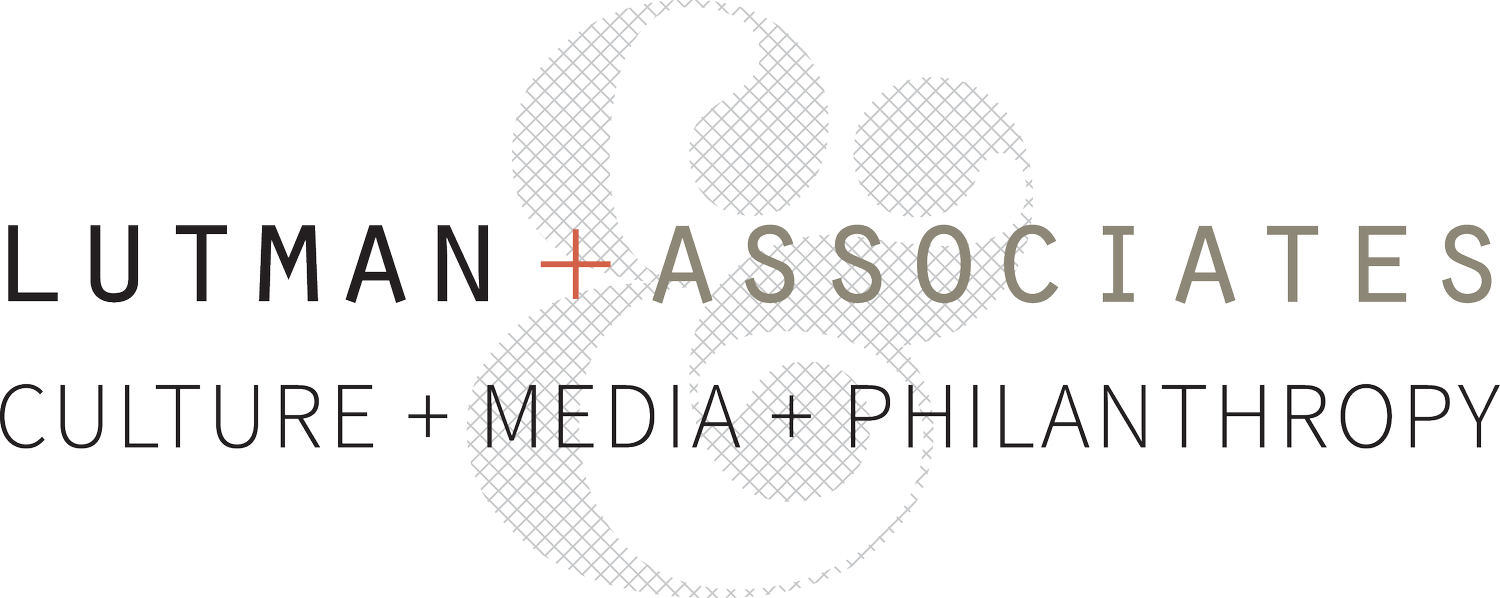The new federal overtime rule has nonprofits hustling to comply with higher wage costs.
If you run a business or manage people, you probably already know that the Department of Labor announced new rules for employers that update federal overtime regulations and provide expanded protections for workers who put in extra hours at work. The new rules take effect December 1 and are proving to be especially complicated for the nonprofit sector.
The new rule, issued in May, sets a new salary threshold (from $23,660 to $47,476) under which white-collar full-time workers are entitled to overtime pay if they work more than 40 hours per week. The final rule maintains the federal definition of the kinds of job responsibilities that the government considers “executive, administrative and professional,” and for which an exemption to overtime can apply, and provides for automatic updates to the salary threshold every three years. An estimated 79,000 Minnesota workers (out of a total 4.2 million workers nationally) are affected.
Nonprofits of all sizes are responding to the new rulemaking and its relatively short, six-month implementation period:
- Service and advocacy organizations like the Minnesota Council of Nonprofits, along with consulting, tax, and legal firms with nonprofit clients, are offering a flurry of workshops and creating information resources to help nonprofits understand and comply with the new rules.
- Nonprofits are analyzing their workforce’s position descriptions, staffing requirements and compensation levels to determine what actions may be required.
- A field-wide discussion about the low-wage and high-hours nature of nonprofit work is prompting soul searching and debate among nonprofit leaders and policymakers.
Nonprofits have a reason to be wary of the new rules. Unlike businesses that may be able to pass along increased costs to their customers, most nonprofits are in the business of offering services that the market can’t support. While most nonprofits would gladly pay their staffs more, their revenue is often dictated by reimbursement rates on rigid government contracts, or is limited to the philanthropic support they’re able to attract and sustain.
Two Minnesota nonprofits offered perspectives on the impact the rule is having on their operations.
Living Well Disability Services has been recognized among the Star Tribune’s 150 top workplaces in each of the past two years. The Eagan-based nonprofit operates residential group homes for 300 individuals with intellectual, developmental and physical disabilities; it also provides support services for individuals living independently or at home with family members. Many of these people have complex health conditions in addition to their primary disability, and require 24/7 companionship and care. Julie Manworren, president and CEO, says, “Our rates are set by the government. We’re not an entity that can turn around and raise our prices.” A full 95 percent of Living Well’s 650 employees provide direct services, and 97 percent of the organization’s funding comes from the federal and state government, and Medicare and Medicaid reimbursements. Within the constraints of government contracts and the demand for the services that Living Well provides, Manworren is faced with the dilemma of restructuring staff and services to meet the new federal requirements.
In response, she and other nonprofits that provide disability services have banded together nationally through ANCOR, the American Network of Community Options and Resources, to help create H.R. 5902, the Disability Community Act of 2016, a bill that proposes a three-year targeted Medicaid funding increase to provide dollars to service providers so that they can meet the salary threshold without reducing staff. Unless such funding increases are approved, Living Well has few options besides re-structuring and possibly reducing services.
At the Family Partnership, formerly Family and Children’s Service, executive director Molly Greenman also is engaged in an analysis of staffing and services. After the HR department looked at all of the organization’s 140 staff positions one by one, 16 were identified as needing some sort of action, whether it was curtailing hours so that the employee doesn’t accrue overtime, raising salaries to the threshold level, or changing job descriptions to move positions from exempt to non-exempt, and vice versa.
Greenman estimates the impact of these staffing shifts at about $90,000 within the agency’s budget of $10 million. While a small percentage of the total budget, the impact is nonetheless challenging since it represents about one full-time-equivalent position once benefits, overhead and administrative costs are applied. “We have to manage very carefully, but we always have had to do that,” Greenman says. “One reason is that the cost of overtime is challenging. Another reason is that we want to be a family-friendly workplace and we don’t want people to have to work significant hours beyond full time.”
That sentiment—that nonprofit workers should not be expected to work long hours for low pay— has become a hot button in nonprofit media since the overtime rule was enacted. In Nonprofit Quarterly, author and attorney Andy Schmidt wrote an article with the provocative headline “Is Exploiting Workers Key to Your Nonprofit Enterprise Model?” Calling the nonprofit sector’s response to the new rules puzzling, Schmidt says, “This is great news for the very people the sector is supposed to help.” In an Atlantic article, “The Plight of the Overworked Nonprofit Employee,” author Jonathan Timm asks, “Do mission-driven organizations with tight budgets have any choice but to demand long, unpaid hours from their staffs?” The sector’s key premise—that people will work long hours because they’re passionate about nonprofit causes—is being called into question.
The debate is a good one. As a society, how do we want to provide services for those who need help? What sacrifices do we expect service providers to make? What is “overtime” if you are a social worker, child care provider, theater artist, caregiver, or hold any number of other relatively low-paying jobs that require both significant skills and long hours? Minnesota’s nonprofits have no choice but to answer these questions by meeting new federal guidelines by December 1. What might you do to help?
Read More